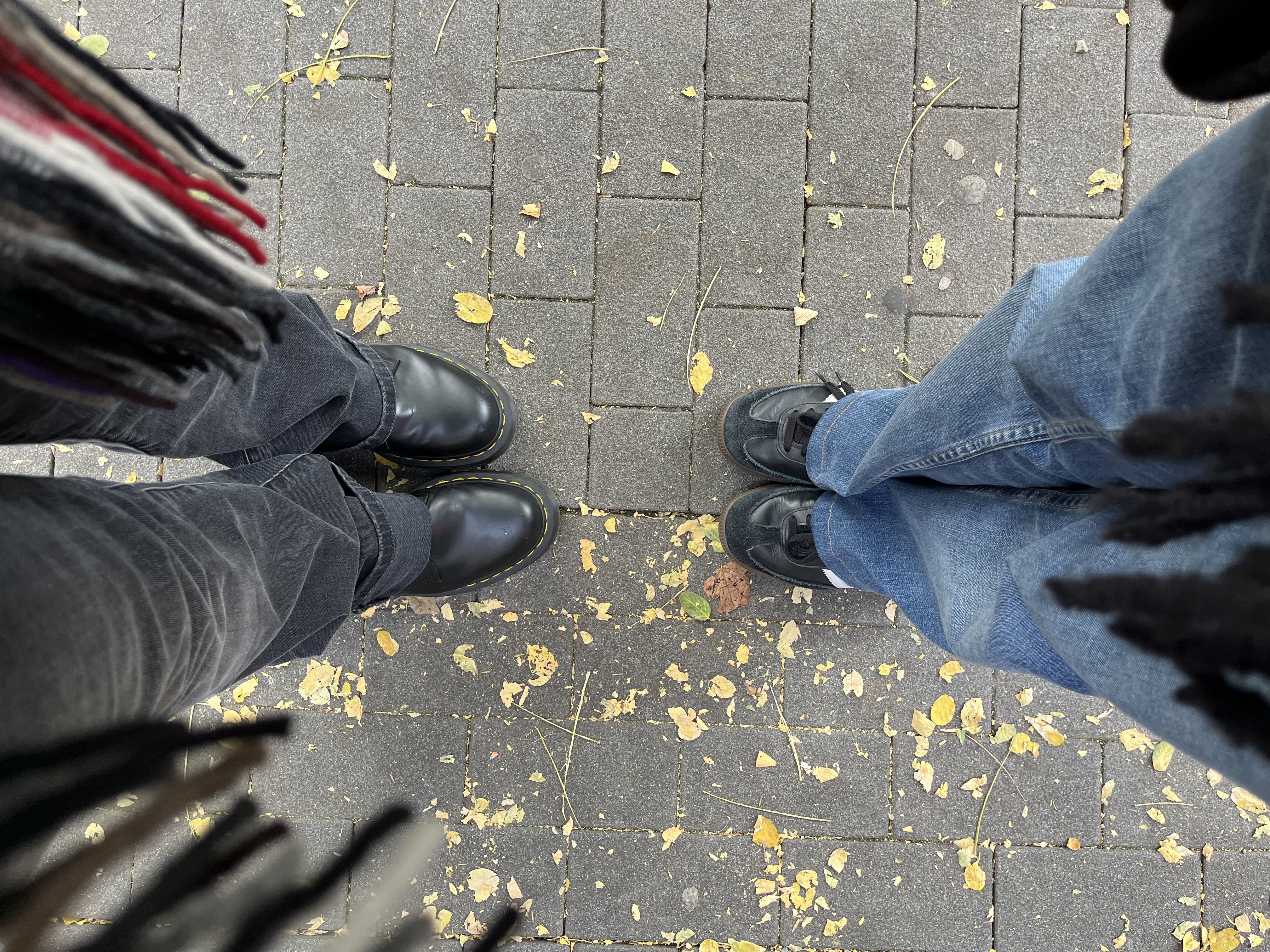Waves
Cards (32)
- Waves transfer
- λ
- A
- f
- frequency equation
- speed of wave equation
- transverse waves
- longitudinal waves
- when light hits a material it gets...
- incident angle
- normal
- specular reflection
- diffuse reflection
- refraction
- in dense mediums light travels...
- light travelling from less dense to a more dense medium...
- concave lens
- convex lens
- high power lenses
- real images
- virtual images
- describing ray diagrams
- EM spectrum
- Radio waves
- Microwaves
- Infrared
- Visible light
- UV light
- XRays
- Gamma
- Opaque objects
- Transparent and translucent objects
